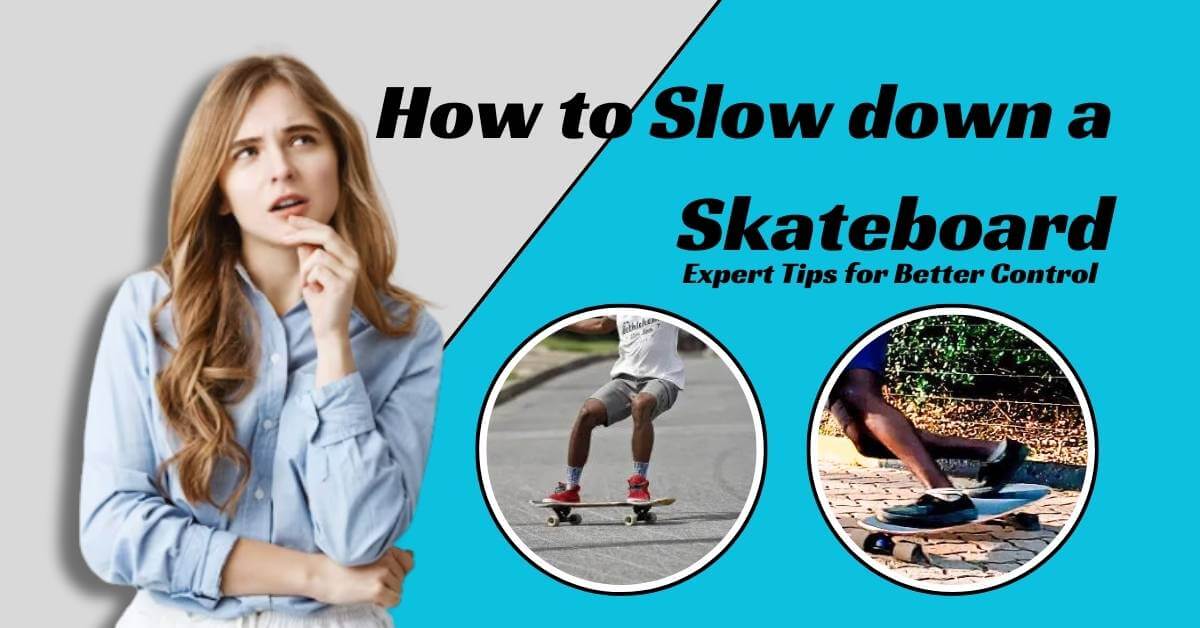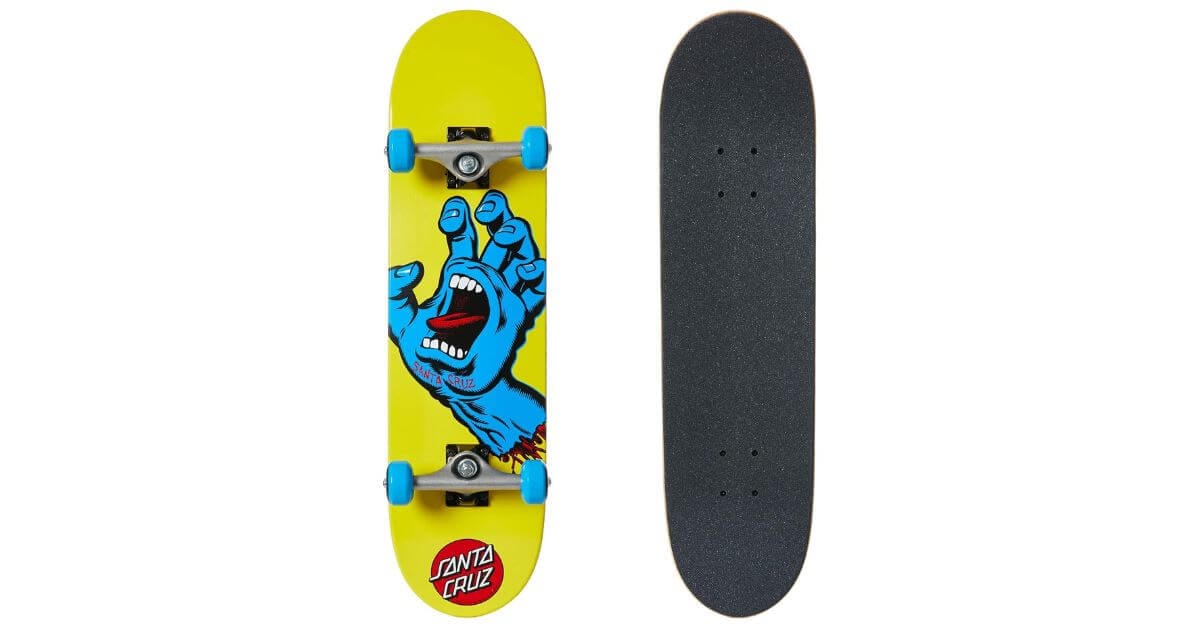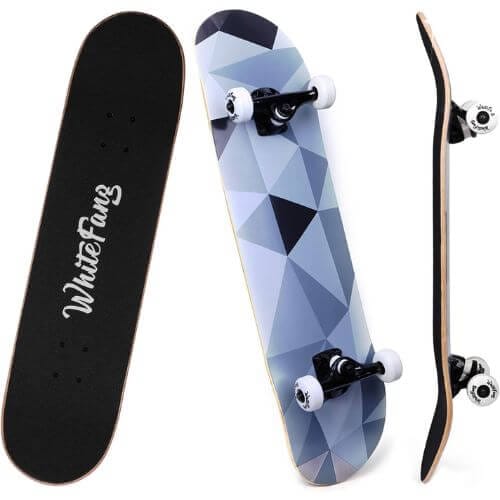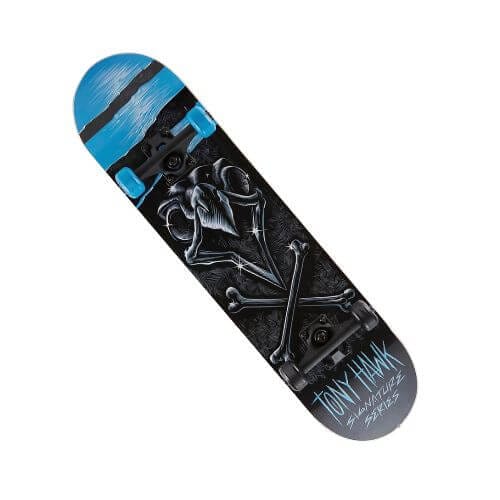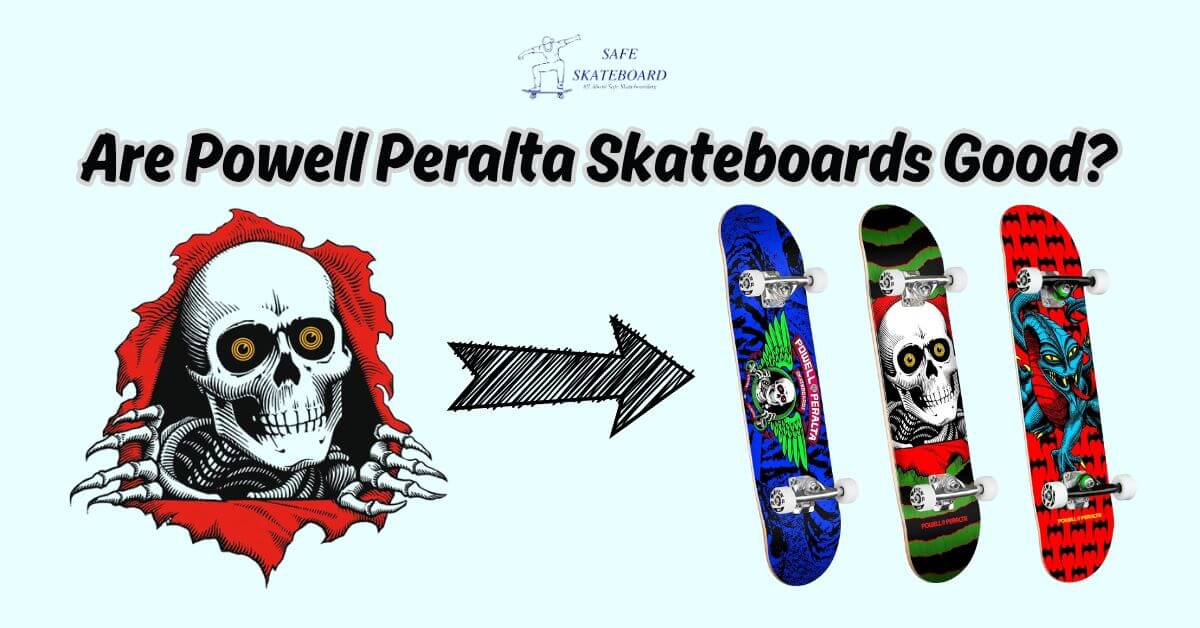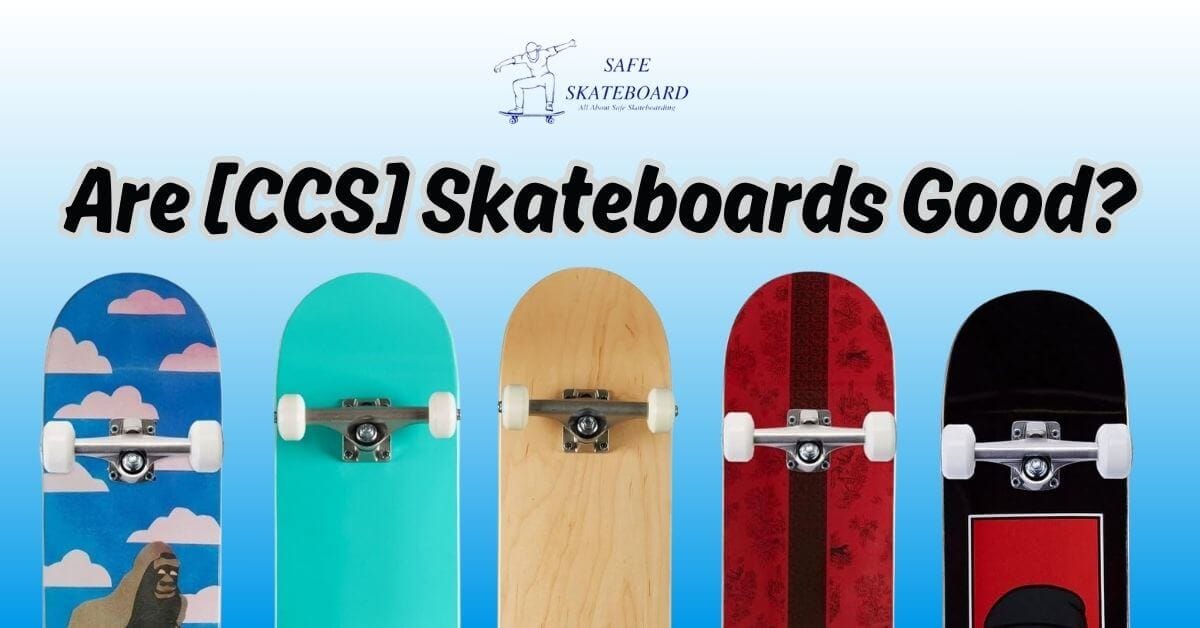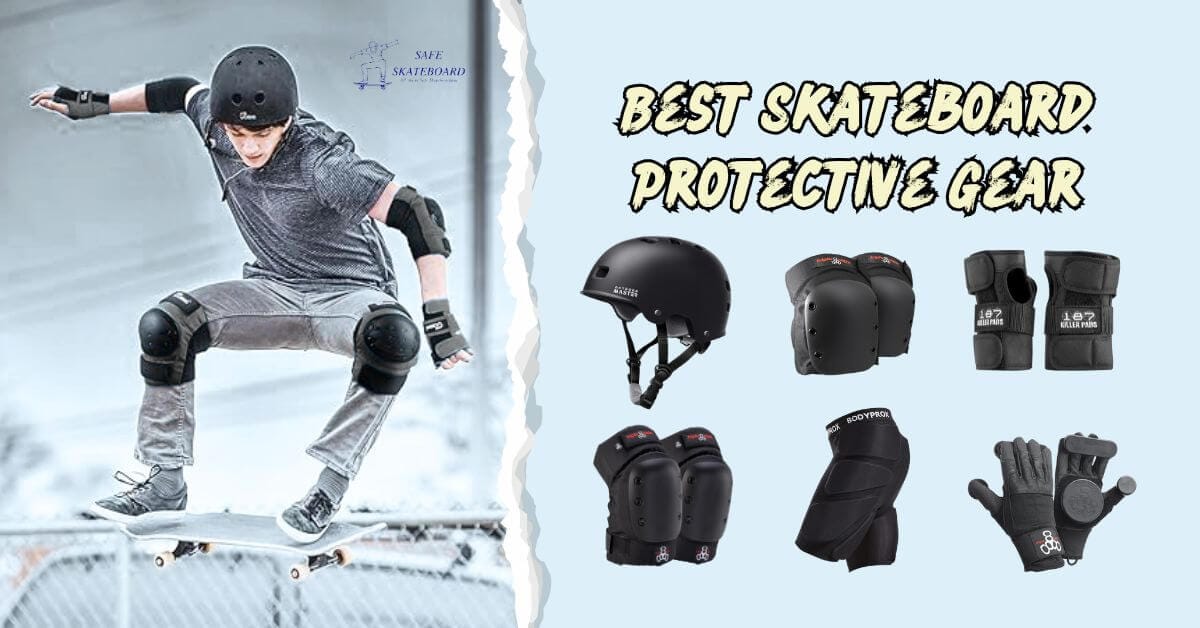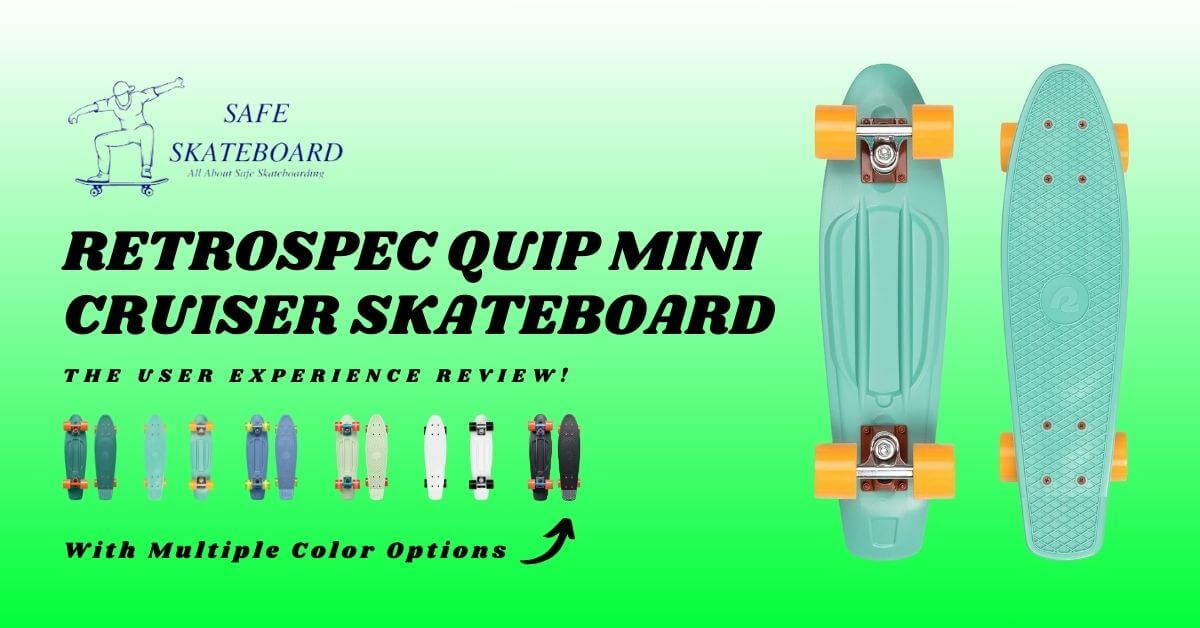Skateboarding is an exhilarating sport that requires skill and mastery. If you’re a beginner or an experienced skateboarder, controlling your speed is crucial for safety and maneuverability. To slow down a skateboard, gently apply pressure on the back foot while simultaneously leaning back. This will decrease speed and help maintain control of the skateboard.
Slowing down smoothly and effectively prevents accidents and allows you to navigate obstacles easily.
In this blog post, I’ll explore various techniques to slow down a skateboard, from simple methods like foot braking to more advanced techniques like sliding.
Understanding these techniques and practicing them regularly can enhance your skateboarding abilities and enjoy a safer riding experience. So, let’s dive in and discover how to slow down a skateboard like a pro.
The Importance Of Speed Control
Skateboard speed control is essential for safety, allowing riders to slow down and maintain control. Learn effective techniques to slow down your skateboard and avoid accidents.
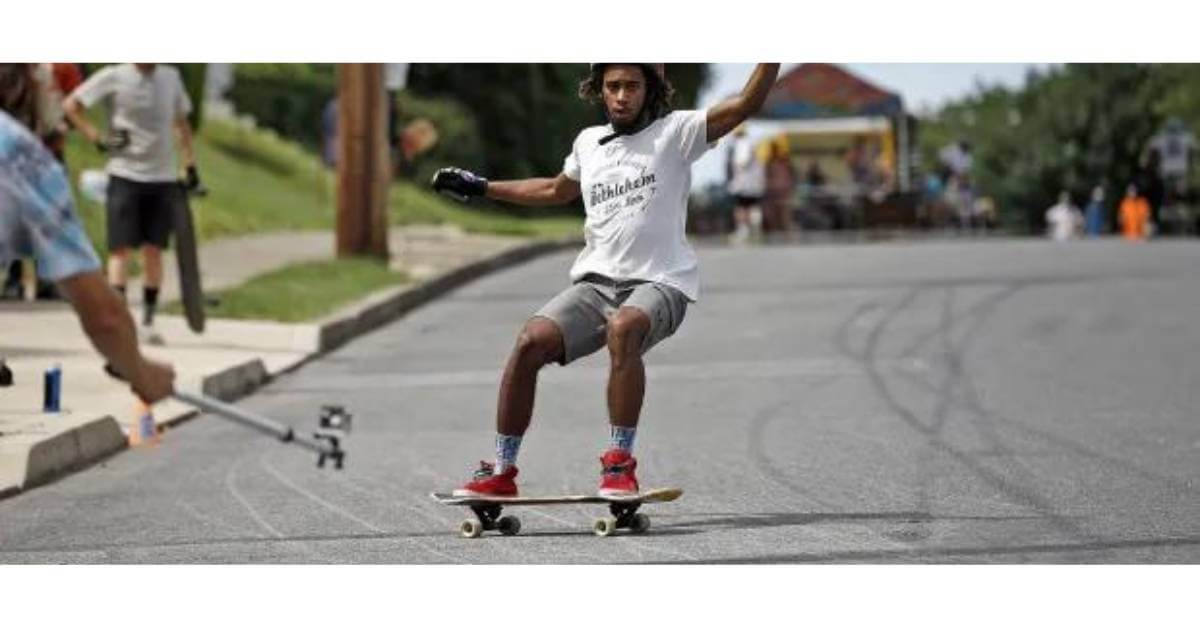
Discover The Benefits Of Being Able To Slow Down While Skateboarding
Skateboarding is an exhilarating sport that offers a sense of freedom and thrill. However, maintaining control and managing speed is crucial for a safe and enjoyable experience. Slowing down when necessary can make all the difference in preventing accidents and maintaining stability.
This section will explore the importance of speed control while skateboarding and how it can enhance your overall riding experience.
- Prevents accidents: Slowing down allows skateboarders to navigate obstacles, pedestrians, or uneven surfaces, reducing the risk of collisions and falls.
- Maintains control: By controlling your speed, you can effectively execute tricks and maneuvers, ensuring stability and balance on your skateboard.
- Boosts confidence: The ability to control your speed gives you greater confidence while skateboarding, allowing you to push your limits and try new tricks.
- Increases safety: Slowing down allows you to react quickly to unexpected situations and adjust your movements accordingly, minimizing the chances of injury.
- Extends riding time: With effective speed control techniques, you can skate for longer durations without getting exhausted, extending the duration of your skateboarding sessions.
The ability to control your speed while skateboarding is paramount to your safety and overall experience. By being mindful of your speed and employing proper speed control techniques, you can confidently navigate your surroundings, prevent accidents, and truly enjoy the thrill of skateboarding.
Safety Tips for Slowing Down on a Skateboard
Slowing down on a skateboard is super important for staying safe. If you’re just starting or riding at high speeds, these simple tips will help keep you in control:
1. Wear Your Safety Gear
Always wear protective gear to stay safe. A helmet protects your head if you fall, while knee pads, elbow pads, and wrist guards help prevent scrapes and injuries.
2. Choose a Safe Place
Practice in smooth, open areas like skateparks or empty parking lots. Avoid steep hills or places with traffic while learning.
3. Check Your Board
Before each ride, check your skateboard. Make sure the trucks aren’t too loose, the wheels spin smoothly, and nothing is broken. A well-kept board is safer and easier to control.
4. Stay Aware
Keep an eye on your surroundings. Watch for people, cars, and obstacles. Staying alert helps you avoid accidents.
5. Keep Your Balance
Bend your knees and stay low while slowing down. This makes you more stable and less likely to fall.
6. Practice Stopping Methods
Learn techniques like foot braking, carving, and power sliding. Practice these moves in a safe place until you feel confident.
7. Avoid Wet Surfaces
Skate on dry ground only. Wet surfaces make your wheels slippery, making it harder to stop safely.
8. Know Your Limits
Don’t push yourself too hard, too fast. Take your time to build your skills and confidence. Slow and steady keeps you safe.
By following these tips, you’ll stay in control and avoid injuries. Always put safety first, and enjoy the ride!
Mastering The Basic Braking Techniques
With these basic braking techniques, learn how to slow down your skateboard like a pro. Mastering these techniques will help you enhance control and safety while riding.
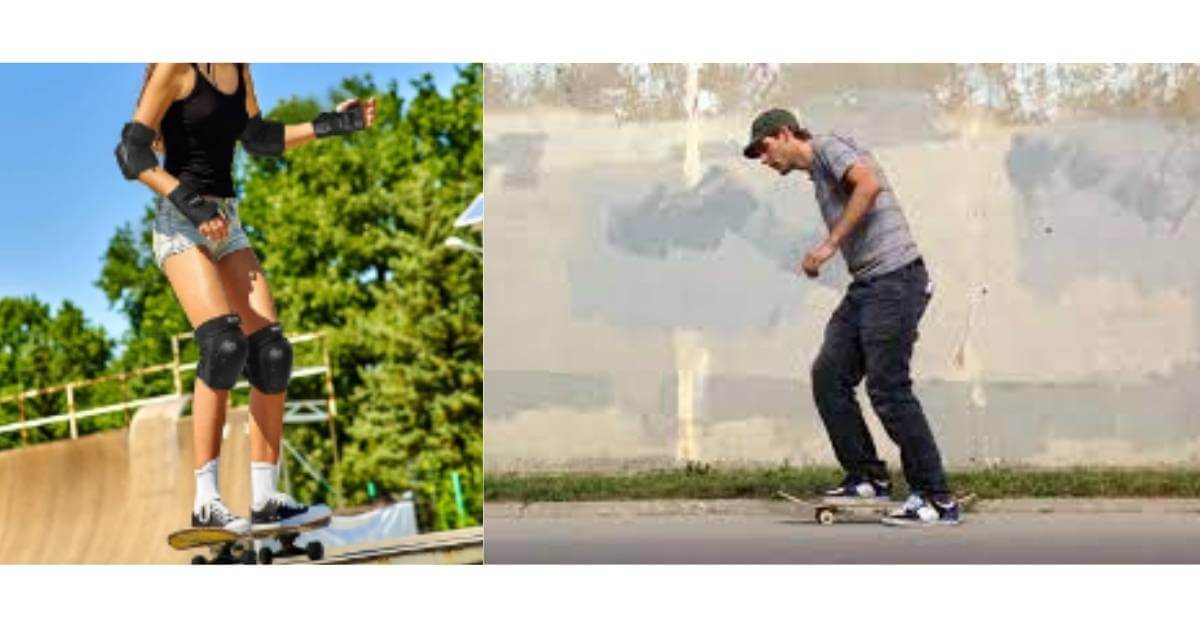
Learn The Fundamental Braking Techniques For Slowing Down On A Skateboard
Have you ever found yourself cruising down a steep hill on your skateboard only to realize you have no idea how to slow down? Mastering the basic braking techniques is essential for any skateboarder looking to stay in control and maintain their speed.
In this section, I will provide a step-by-step guide on how to execute each braking technique effectively.
01. Push Stop Technique
- Place your back foot on the ground while keeping your front foot on the skateboard.
- Push against the ground with your back foot to create friction and gradually slow down.
- Maintain a balanced stance with your knees slightly bent for better stability.
02. Foot Brake Technique
- Start by shifting your weight to your front foot while keeping your back on the skateboard.
- Gradually drag your back foot on the ground to create friction and reduce your speed.
- Ensure your foot is positioned perpendicular to the skateboard to maximize braking efficiency.
03. Power Slide Technique
- Prepare for the power slide by shifting your weight toward the skateboard’s tail.
- Start by turning your shoulders in the direction you want to slide.
- Engage your back foot by applying pressure to the tail and using it to initiate the slide.
- Allow your skateboard to pivot on its wheels as it slides, controlling the speed reduction.
- Practice this technique in an open area with sufficient space to avoid obstacles.
04. Slalom Technique
- Develop balance and stability by bending your knees and keeping your weight centered.
- Begin weaving through a series of cones or obstacles placed at a safe distance from each other.
- To slow down, increase the tightness of the turns, putting extra pressure on the edges of the skateboard.
- Use your body and arms to maintain balance and control throughout the slalom course.
05. Simple Slide Technique
- Position your feet at a slight angle on the skateboard, with your front foot pointing forward and your back foot angled outward.
- Shift your weight toward the front foot while initiating the slide.
- Apply pressure to the back foot, causing the wheels to break loose and slide sideways.
- Control the slide by adjusting the angle of your feet and the pressure on the back foot.
Remember, practice makes perfect. Start by mastering one technique before moving on to the next. Experiment with each braking technique to find the one that best suits your riding style and comfort level. Safety should be your top priority, so always wear protective gear and skate in areas where you have control over your surroundings.
With time and practice, you’ll become an expert at slowing down on your skateboard while maintaining full control of your ride. Happy skating!
Foot Braking: Slowing Down With Your Foot
Slowing down a skateboard can be achieved through foot braking, a technique that involves using your foot to decrease your speed gradually. You can safely and effectively slow down while riding your skateboard by placing your foot on the ground and applying pressure.

Tips And Techniques For Effectively Using Foot Braking For Speed Control
Foot braking is a fundamental skill for skateboarders in their repertoire, allowing them to slow down quickly and control their speed. By using your foot as a brake, you can maintain better control over your skateboard, especially when riding down hills or at high speeds.
Here are some tips and techniques to help you effectively use foot braking for speed control:
- Positioning: Stand with your front foot angled slightly toward the back of the board while keeping your weight balanced. Bend your knees slightly to maintain stability.
- Dragging your foot: Start by gradually applying pressure on the ground with the sole of your back foot. Drag your foot lightly against the pavement to create friction and slow down gradually. Avoid pressing too hard, which can lead to instability and potential falls.
- Gradual pressure: Rather than exerting sudden and forceful pressure, apply the braking gradually to maintain stability. This technique allows for smoother speed control.
- Consistency: Aim for consistent pressure and length of drag throughout the foot-braking process. This helps to maintain control and avoid sudden jolts or jerks.
- Practicing balance: Improve your balance by keeping your arms outstretched, acting as counterbalances to maintain stability while braking.
- Continue riding stance: As you slow down and reach a comfortable speed, maintain your stance as you ease off the foot-braking technique. This will enable you to transition smoothly back into regular riding.
Common Mistakes To Avoid When Foot Braking On A Skateboard
While foot braking is an effective method for slowing down on a skateboard, there are certain common mistakes to avoid to ensure safety and efficiency. By being aware of these pitfalls, you can enhance your foot-braking technique and maintain better control over your skateboard:
- Slamming your foot down: Avoid forcefully stomping your foot onto the pavement, as it can lead to sudden stops and loss of balance. This can cause accidents or result in falls.
- Inconsistent pressure: Applying inconsistent pressure while braking can disrupt your balance and lead to abrupt changes in speed. Aim for a steady and consistent application of pressure throughout the braking process.
- Overdependence on foot braking: Relying solely on foot braking as your primary speed control method isn’t advisable. Incorporate other techniques like carving or sliding to maintain better control and prevent excessive wear on your shoes.
- Braking on unstable surfaces: Avoid foot braking on rough or uneven surfaces, as it can cause instability and potentially result in falls. Look for a smooth and clear area to practice your foot-braking technique.
- Neglecting safety gear: When practicing foot braking or engaging in any skateboarding activity, always prioritize safety. Wear protective gear, such as a helmet, knee pads, elbow pads, and wrist guards to minimize the risk of injury.
By following these tips and avoiding common mistakes, you will master the art of foot braking on a skateboard.
Remember to practice in a controlled environment and gradually push yourself to improve your skills while maintaining safety. Stay in control, have fun, and enjoy the skating experience!
Frequently Asked Questions (FAQs) About How To Slow Down A Skateboard
How Do I Make My Skateboard Slower?
To make your skateboard slower, adjust the tightness of the trucks or switch to larger and softer wheels.
How Do You Control Downhill Speed On A Skateboard?
To control downhill speed on a skateboard, shift your weight forward, bend your knees, and use quick, gentle carving motions.
How Do You Go Down A Steep Hill On A Skateboard?
To go down a steep hill on a skateboard, maintain balance, lean forward, and use controlled carving to control speed.
How Do You Slow Down On A Longboard?
To slow down on a longboard, bend your knees, apply gentle pressure on the ground with your back foot, and gradually shift your weight toward your front foot.
Final Verdict
Learning how to slow down on a skateboard is crucial for any skater. Skaters can effectively control their speed and stay safe while riding by implementing the techniques discussed in this blog post, such as foot braking and power sliding. It is important to remember that practice and perseverance are key to mastering these skills.
Additionally, maintaining proper form and balance is crucial for successful deceleration. Regularly checking and replacing worn-out wheels and bearings is essential to ensure a smooth and controlled ride.
If you are a beginner or an experienced skater, these tips and tricks will help you confidently navigate any downhill slope.
So grab your skateboard, hit the streets, and enjoy the thrill of skateboarding while staying in control. Happy skating!
